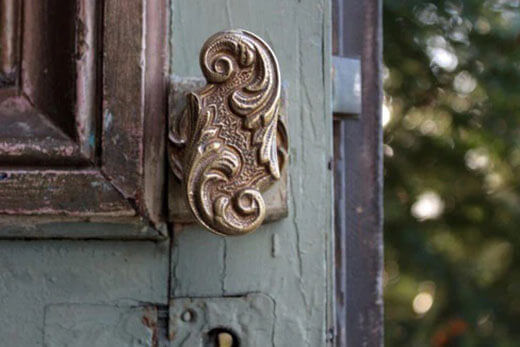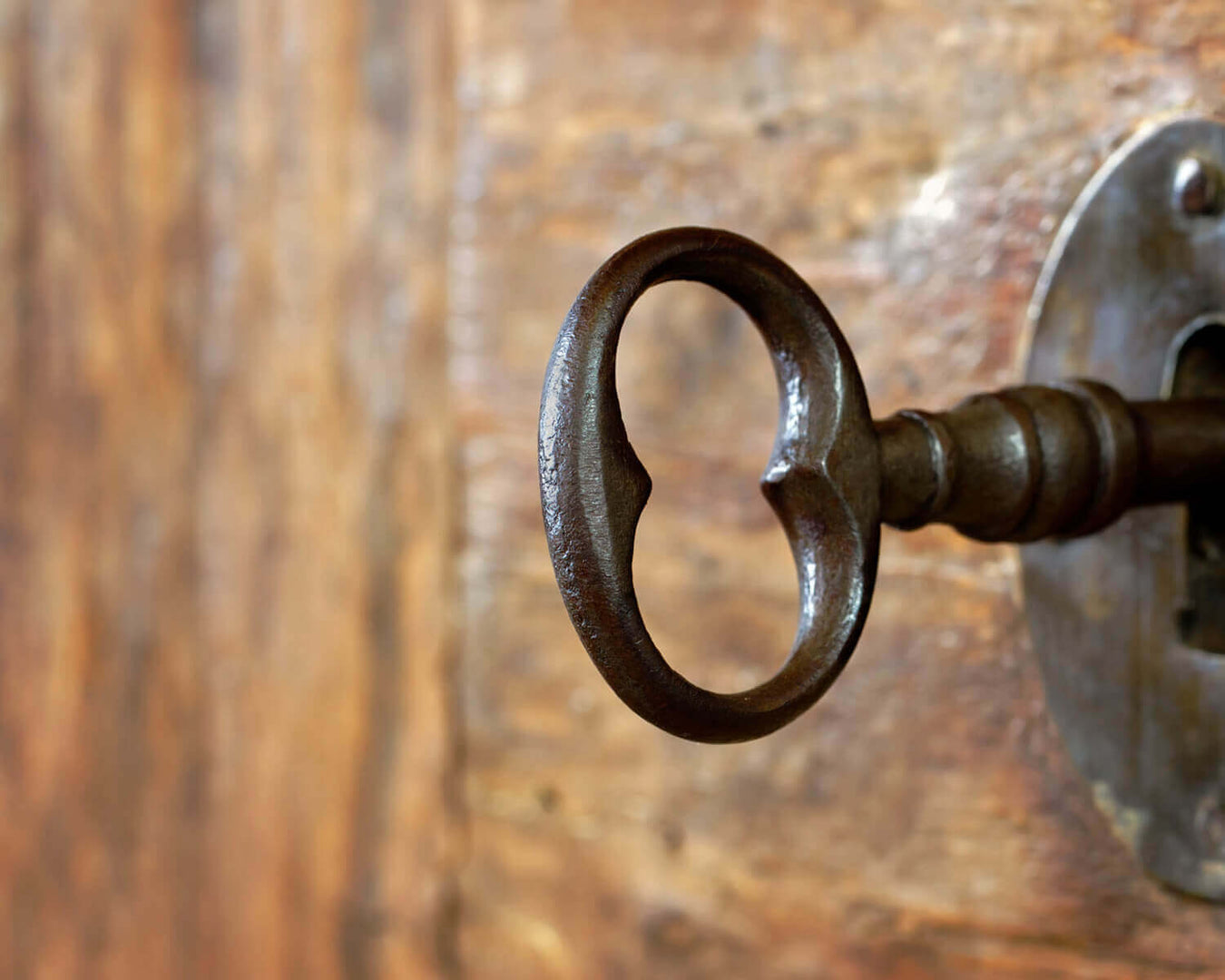
History of the Servants Bell & Callbox
With the growing fashion to display antique servants call bell systems in our homes as decorative pieces, we often get asked about the history.
Call bell systems certainly existed in grand country estates and large city houses from the mid 1700’s but probably weren’t as organised and regimented as the style we associate with today from TV shows such as Downton Abbey. As the 17th Century turned to the 18th what later became known as the ‘Middle Class’ started to expand into the booming Georgian Cities. The large Georgian Villa’s we still see today in Cities like London and Bristol were purpose built with servants quarters on the top floors and working rooms on the ground and In the basement. Here we start to see a change in social attitudes towards servants as perhaps the class system starts to become more defined. The innovation of the call bells and levers serves the process of keeping the servants at an arms length as well as ensuring they are on hand at all times, whereas previously your servants would have been present.
As the Georgian’s made way to the Victorians and the British economic boom continued it was now more possible than ever to climb the class ladder and what better way to show you’ve arrived then servants and a call lever in every room. Of course just like today property developers were quick to cash in, even the most modest semi-detached Victorian Villa was constructed with all the wire built into the fabric of the property and the bell systems picked from a vast array of catalogues of brassware and ironmongery. Until the advent of the Internet the late Victorians probably had the widest choice of consumer goods, obviously as long as you could afford them.
As technology moved on so did the call system, as early electricity made its way in the grander homes and battery’s became more efficient and cheaper the bells and pulley systems became electric bell pushes and wooden box’s with flags connected to something we’d recognise as a door bell. I’ve personally noticed another change, the electrical systems seem to be mainly replacing the manual systems (in average houses) rather than being built into new houses, possibly as having servants became more expensive as well as the rigid lines between the Victorian classes started to blur. More social changes were afoot in the early 1900’s a combination of changes in the workforce following WW1, changes in legislation and the first Labour Govt further diluted the class system making servants a relative rarity rather than the norm. Its noticeable how the range of new servants call systems really started to decline following the end of WW1.
We do see the very occasional electric call box from the 1920’s and 30’s it’s interesting how they become less formal and the room names start to change.
Here you can see our current range of servant call boxes


Comments
Leave a comment